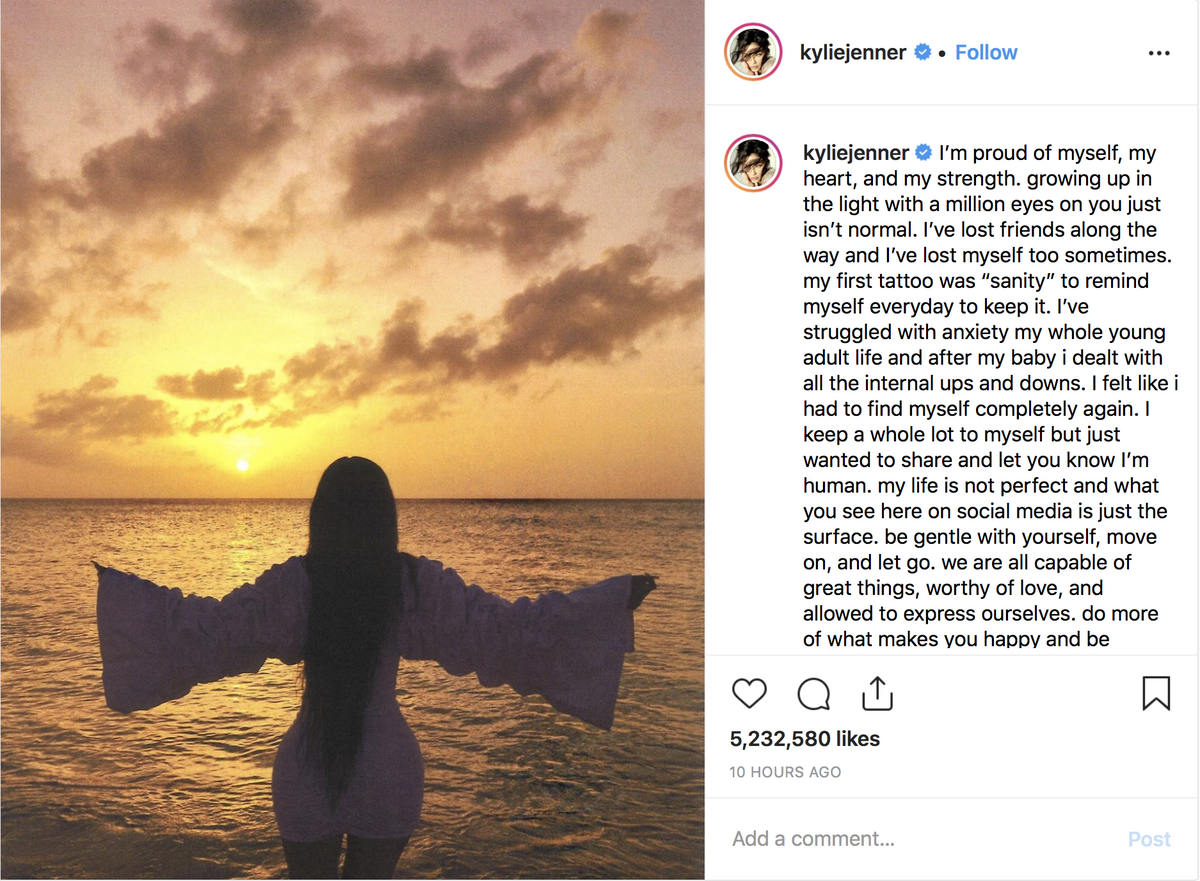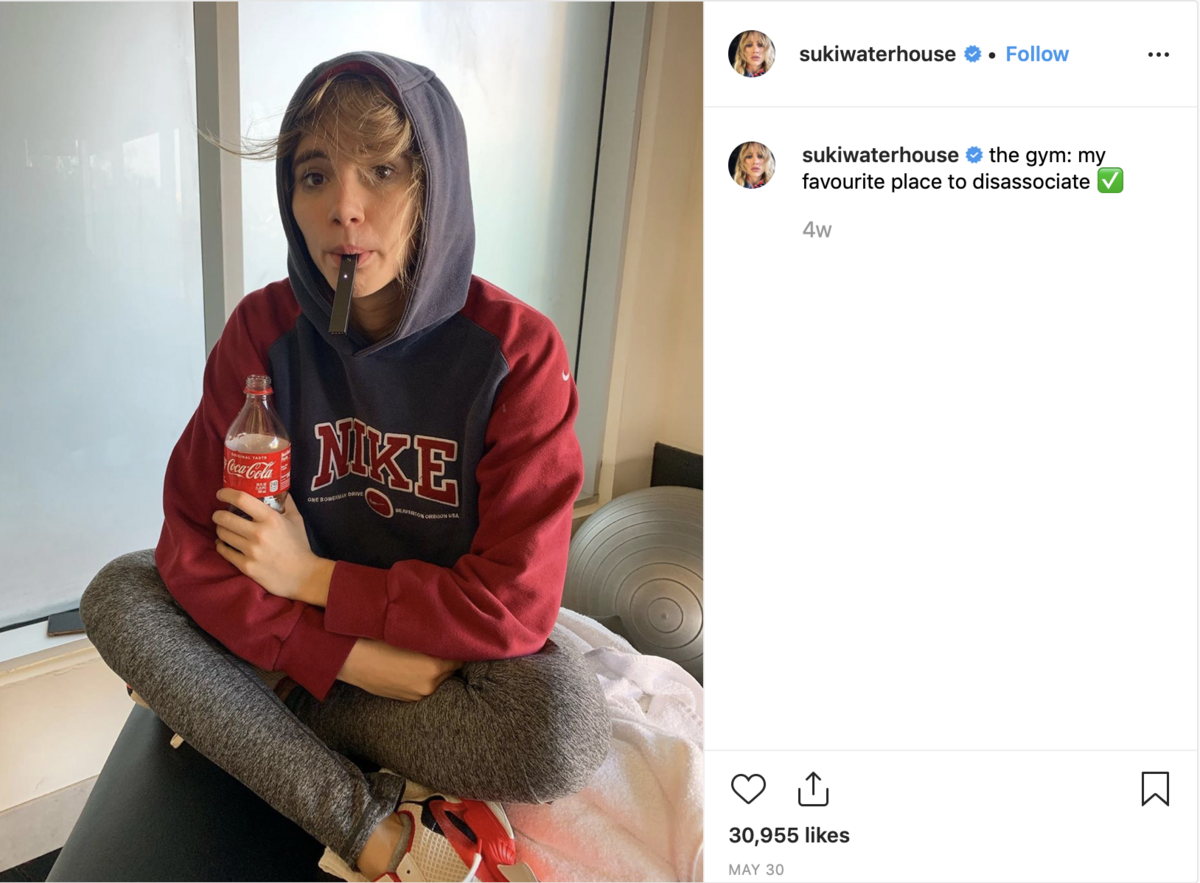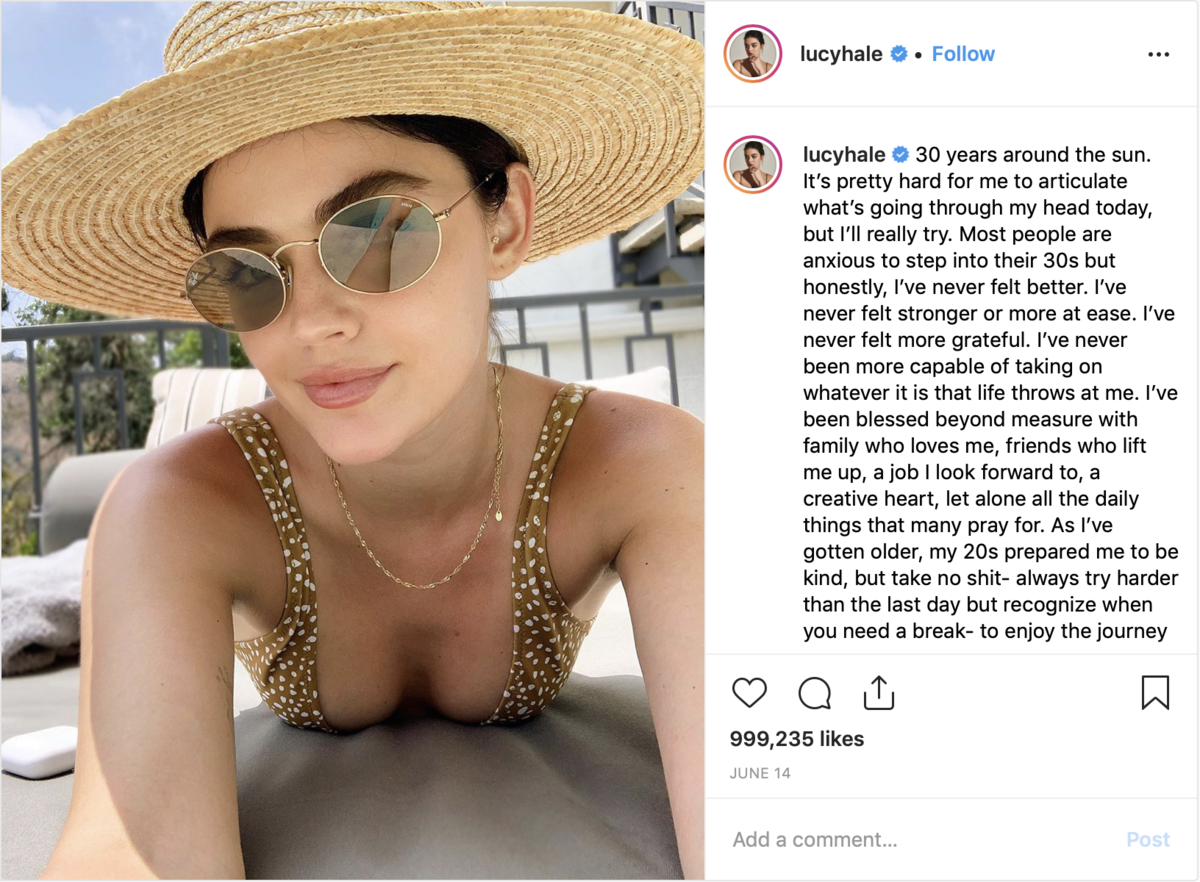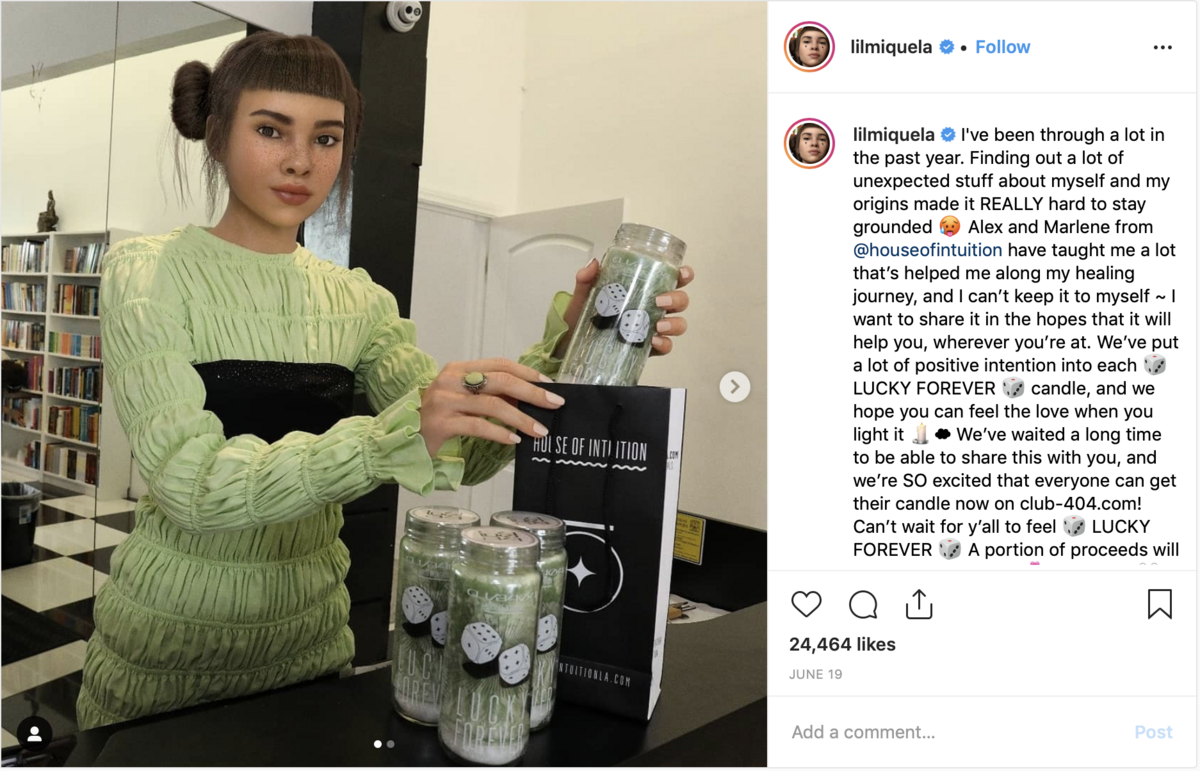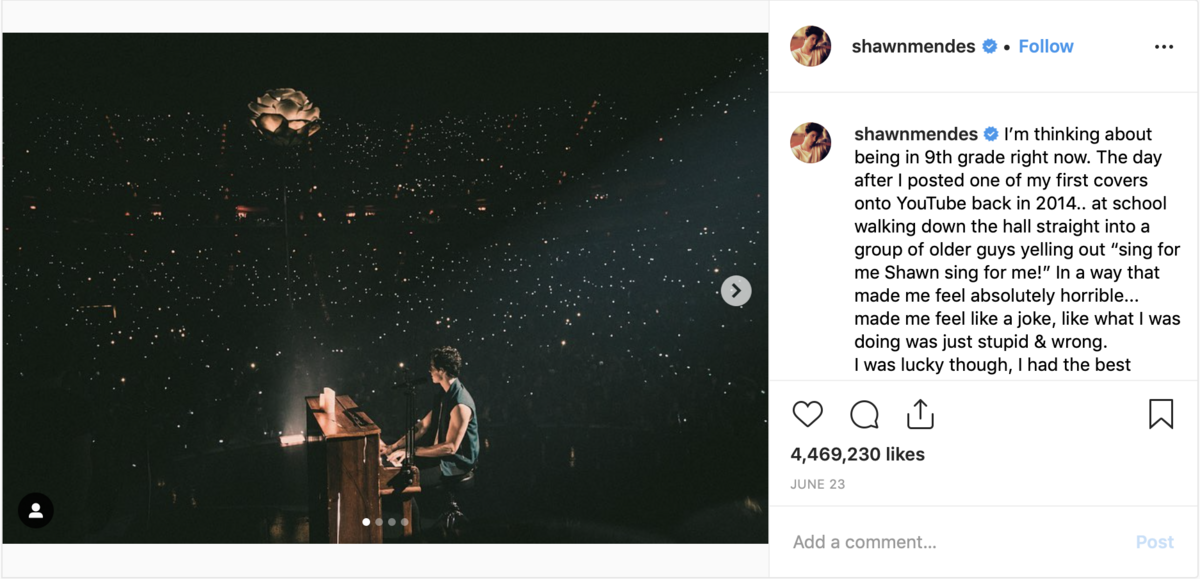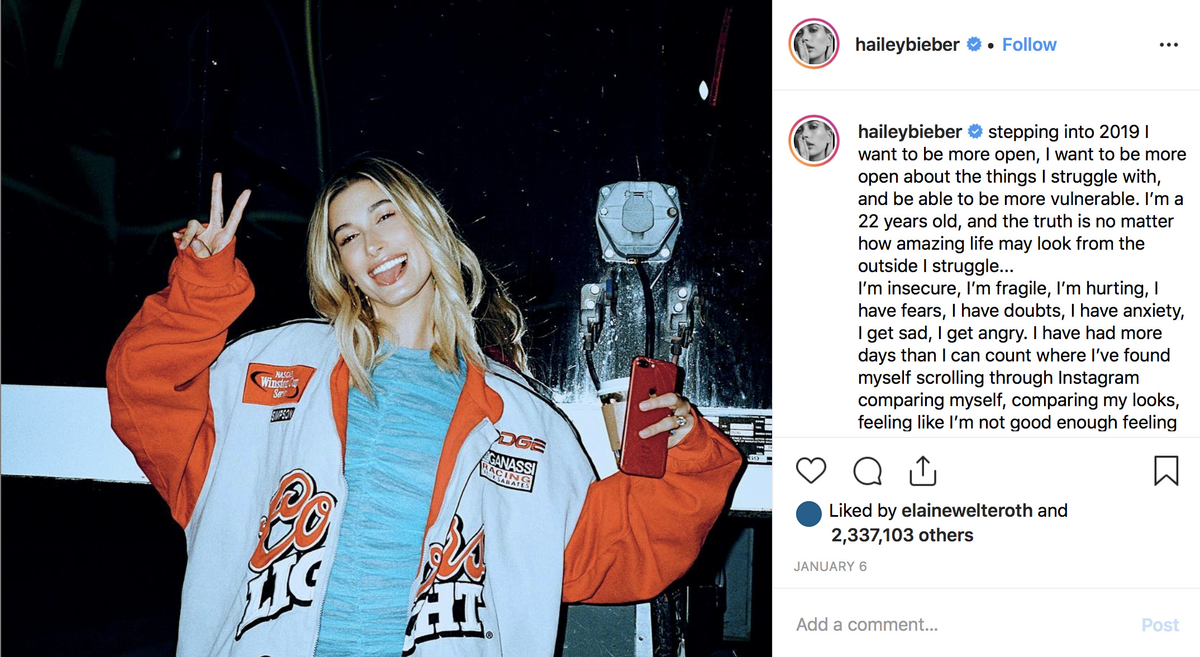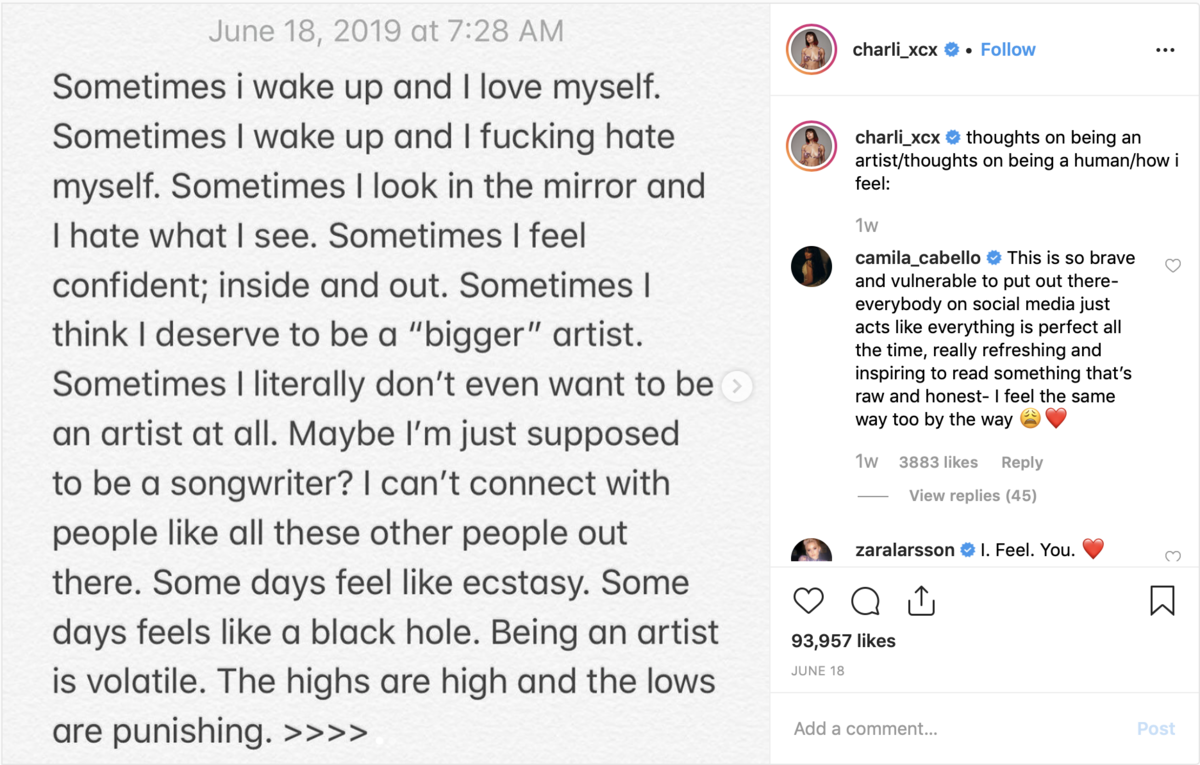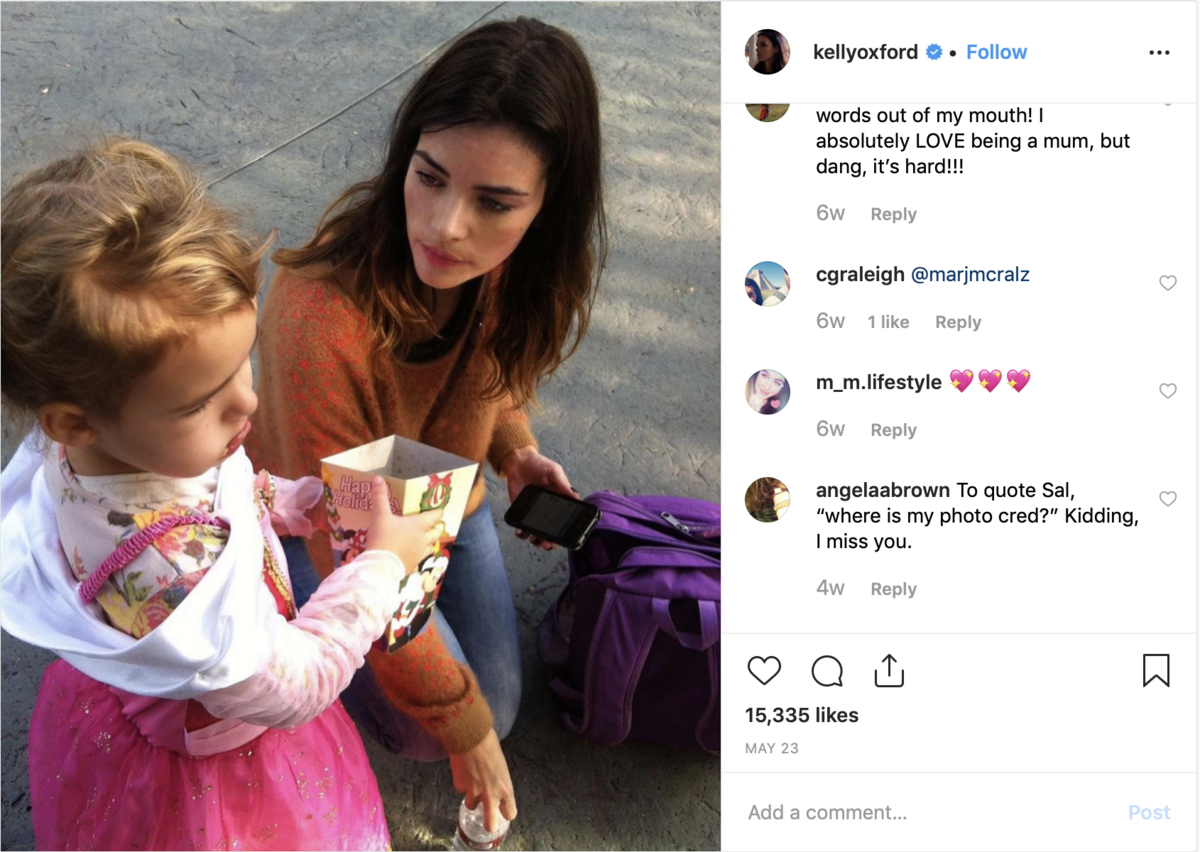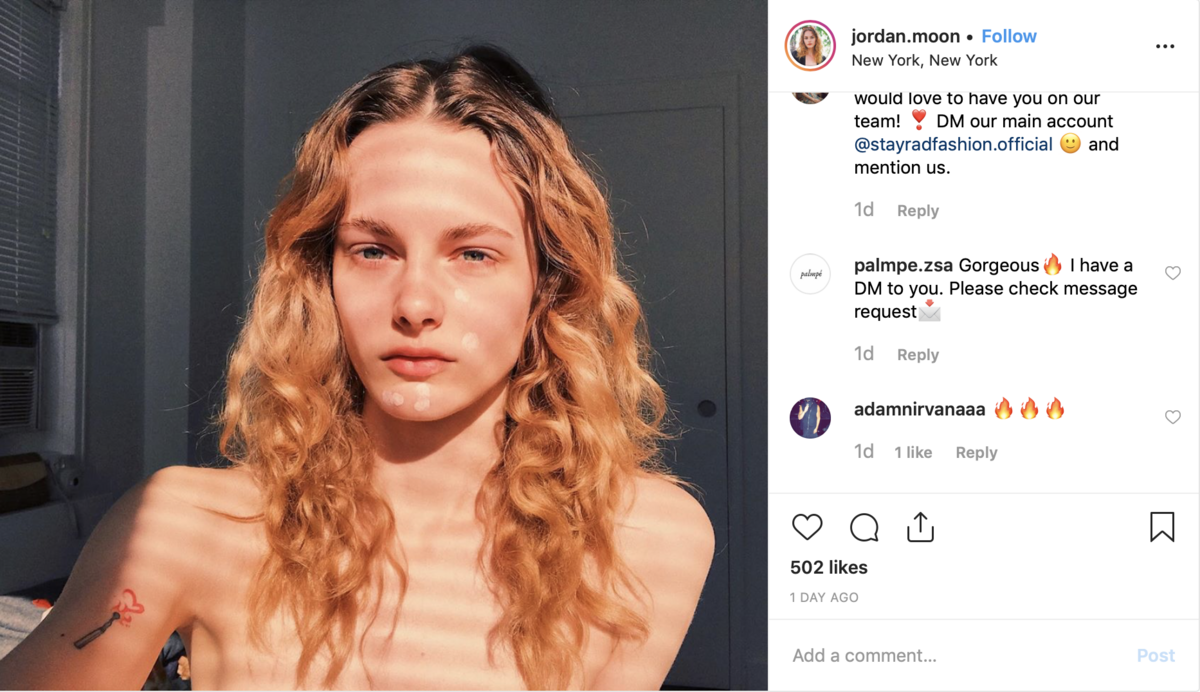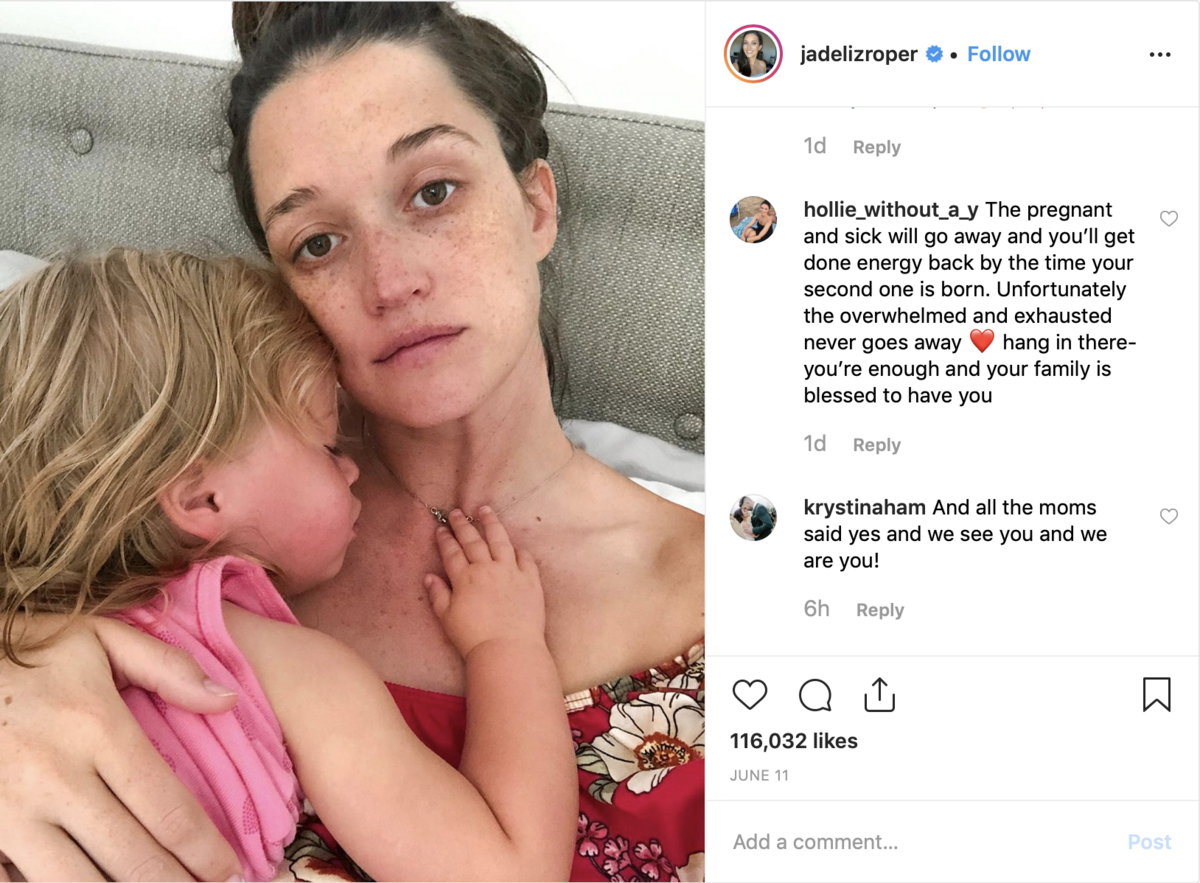Once upon a time, social media was a repository of deception. From the beginning, its underlying purpose was to allow you to put forth an idealized version of yourself. We’ve all experienced running into old friends—who, by all indications, were killing it online—only to be shocked to learn that they actually wanted to be killed IRL. Well, those days are over. For better or worse, I now know exactly what is going wrong in the lives of everyone on the Internet because everyone has come around to divulging their deepest emotions like it’s some kind of online personal diary. The middle-school diary that you’d sooner die than have read is now voluntarily posted for the public, with all of the common sense and sophistication you carried at that age as well.
For better or worse, I now know exactly what is going wrong in the lives of everyone on the Internet.
The place that once let you dupe followers into thinking you were living your best life is now there to show off your worst one, in a collage of misery made up of doctor visits, pimple cream, parking tickets, and anxiety attacks. Five years ago, a common attitude was “Were you really on vacation if you didn’t post on Instagram?” Today’s version is “Were you really in the hospital if you didn’t post a selfie in your gown?” Captions are long-winded paragraphs the length of a New York Times op-ed, often revealing secrets too intimate to share even with a therapist. They usually start with a disclaimer like “I don’t normally do this, but … ” or “The past year has been … ” then proceed to describe in excruciating detail the author’s emotional journey (it’s so often a journey) and end by assuring the reader that the author is “on the road to happiness.” Expecting people to read about your journey is the same as expecting them to hear about your dream from last night.

“Going through a rough time” has become trendy. The turning point, I believe, was Melissa Broder’s funny and poignant “So Sad Today” Twitter account. Her artful vulnerability somehow turned into performative candor, with people sharing their own suffering but with no pretense or humor. Only now, everyone wants to look like their lives are falling apart.
Specifically, the most privileged among us are broadcasting their misery and misfortune, which is the biggest indicator of all that this era has truly marked the end of silent suffering. If I see one more article that says, “____ gets candid about anxiety!,” I will break my laptop. There used to be a Twitter mob ready to obliterate a celebrity for complaining. Now that same group is there for support, which may well be sweet. It’s just strange to witness so much sympathy for the fortunate.
Everyone wants to look like their lives are falling apart.
Perhaps in an attempt to fight back against being fake on social media, we’ve fabricated “real.” But, truthfully, reading about everyone’s mental health has forced me to unfollow them because of what their stories are doing to my mental health. Especially when I see an Instagram post about how depressed social media is making someone without any awareness that the user’s lament is contributing to the black hole of posts that make people depressed in the first place. I don’t think it actually matters whether it’s a Facetuned photo of a model on a yacht or a video of someone having a meltdown; it’s content that makes you feel like total shit.
There’s a fine line here. De-stigmatizing the conversation around mental health is important, and I am certainly not referring to those brave enough to share their distress in order to help others feel less alone. The problem is when it becomes difficult to tell the difference between someone who is in actual need of help and someone who’s opening up as an attention-seeking Bat-Signal. It’s all a bit unnerving when you realize the shift from bikini photos to crying selfies could have something to do with the fact that they get the same amount of likes and comments. I know all of this talk about anxiety is good because it “normalizes it,” but since when was anxiety not normal? In fact, it’s quite possibly the one thing every person on this earth has in common besides, like, having a nose. The line has blurred between the kinds of anxiety disorders that make you wonder how you can even survive as a person and merely feeling stressed. Same goes for the depression that eats you from the inside and gobbles months and years of your life and what I call “Twitter depression,” or “Twipression.”
The shift from bikini photos to crying selfies could have something to do with the fact that they get the same amount of likes and comments.
It is possible the oversharing is the result of our helicopter upbringing—that our parents’ constant praise and encouragement bred in us a dependence on incessant attention, even from strangers. As children, we didn’t have to achieve anything—tears and tantrums elicited the same hovering concern. (“Honey, what’s wrong?”) We go into life expecting great things to happen to us, and when they don’t, we cry, complain, and “get depressed.” In previous generations, suffering was the expectation, the given. Anything good was a miracle.
When Gen Y starts to die of old age, instead of weaving the images of our lives together with photographs, sweet anecdotes, and boxes of forgotten letters, we will simply let the young scroll down our finstas to read our deepest, darkest secrets. That is, if we even get to die of old age. The Earth might explode before then.
To find professional help, you can start at treatment.adaa.org and if you’re struggling with suicidal thoughts, call 1-800-273-8255 for the National Suicide Prevention Lifeline. Learn to spot the signs (online and IRL) and how to help someone in need at SuicidePreventionLifeline.org
Cazzie David is a writer and actress living in Los Angeles.

